How to Budget for a Home Renovation
What comes to mind first when planning a home renovation? Budget, without a doubt. We all know that renovations can be costly, but when done right, they can add a significant amount of value to a home and improve your quality of life.
The difficult part comes when trying to figure out how to balance the vision of your end goal with the practicalities of how much you can afford to invest. Let’s face it, if you don’t approach the financial side of your renovation properly, it can have significant consequences. So before you start envisioning your dream space, I recommend determining how much you can afford to spend, where the money will come from, and how you will approach the payment timelines.
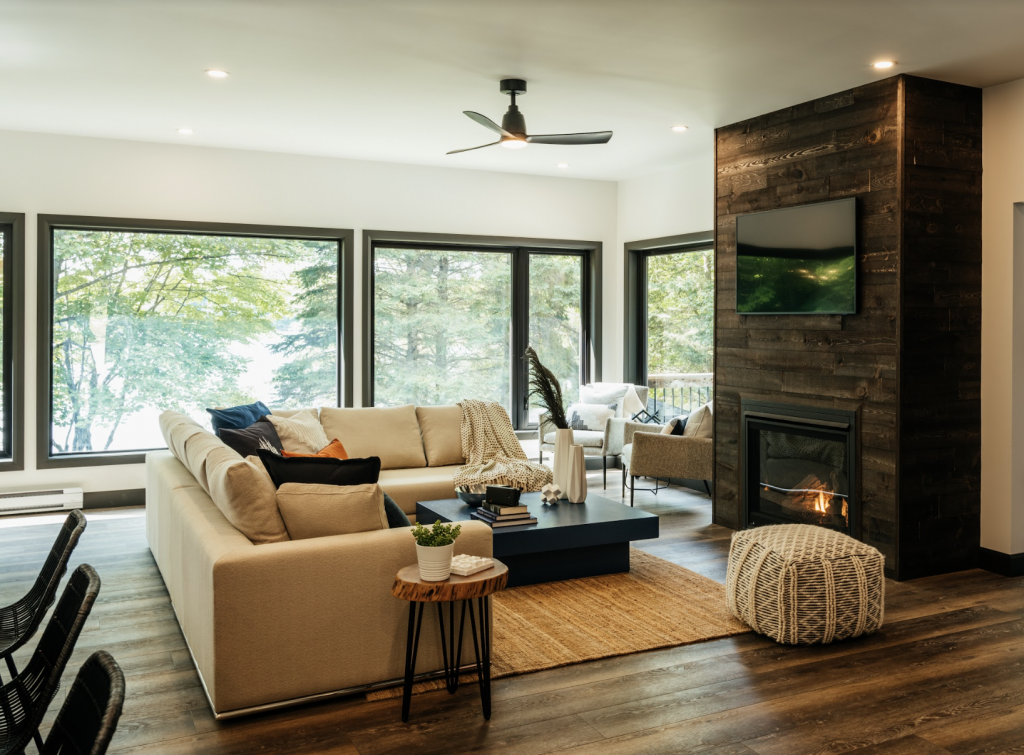
Savings VS Borrowing – How Much Can You Afford?
Some people will have enough money saved that they can pay for their renovation up front, while others will need to borrow some of the funds. If you’re planning to finance your renovation you’ll find there are some great products available that are appropriate for home renovations, and because your home is an asset, most institutions have a series of options available. You may want to look at financing the renovation with a secured line of credit or perhaps roll it into your mortgage to ensure you get the lowest interest rate on the funds. The key here is affordable financing. Instead of putting things on a high-interest credit card you can use a home renovation line of credit that has a much lower interest rate.
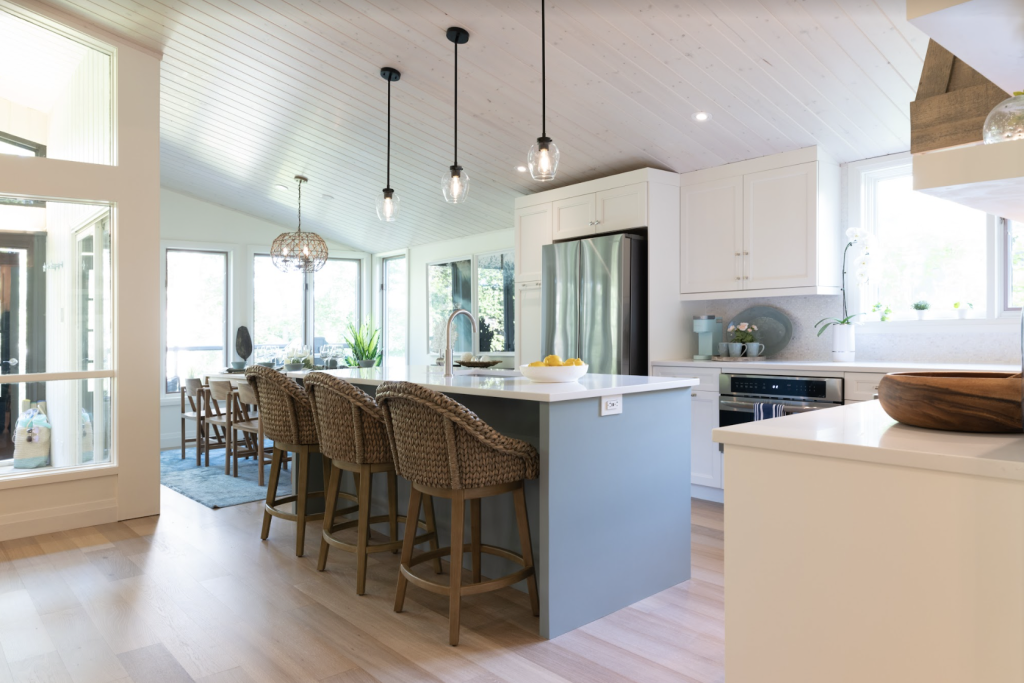
Keep in mind also that some companies you’ll be working with have financing options available. Pollard Windows & Doors, for example, offers financing up to $100,000 that can be paid in weekly, bi-weekly, or monthly installments. Windows and doors have a significant impact on the value of a home, so when replacing them, options like this can allow you to invest in your home without having to pay the full amount up front.
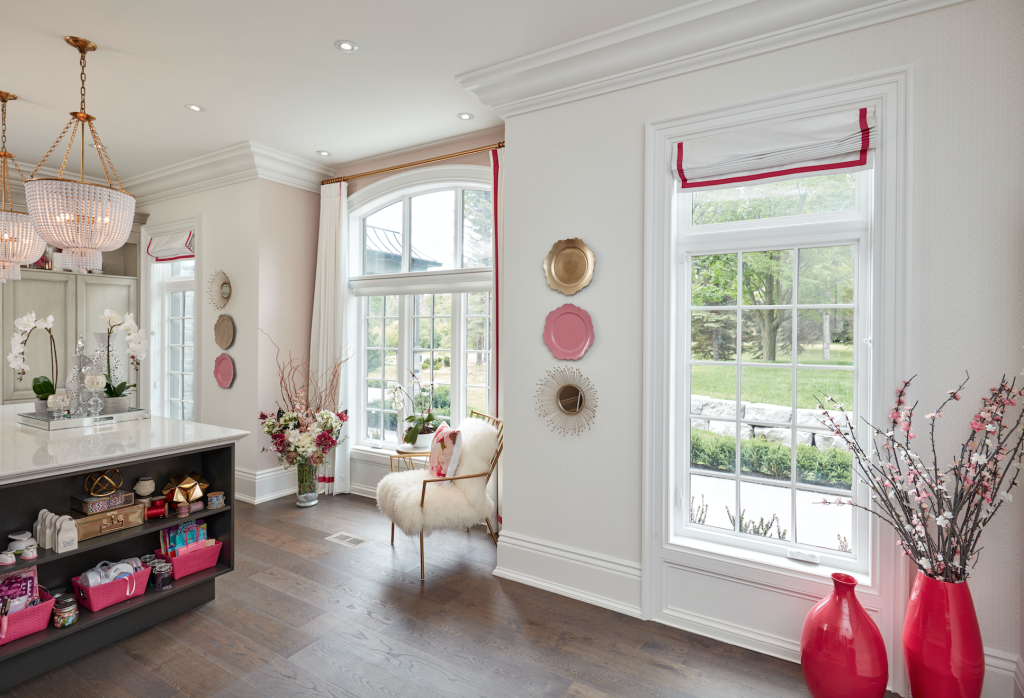
But whatever you choose you must remember that the total of what you’re going to spend MUST include the interest you will pay over the course of the loan. When you don’t factor in the cost of borrowing it can throw the total cost of your renovation off by quite a bit. I highly recommend speaking to someone at your financial institution about what options are available before you make a decision.
Home Renovation Budget Do’s and Don’ts
It’s impossible to say what any one renovation will cost. Your kitchen or bath renovation can vary drastically in scope and price than that of your neighbour’s, so you need to consider the following:
DO make a wishlist for the finished space. How do you envision the end result? Is it a simple update to bring everything up to code and increase the value of your home, or is it a luxury space designed just for you? Remember the cost will be partly driven by the quality of the finishes.
DON’T forget to take the condition of your home into consideration. This is a huge factor in determining the cost of a renovation. An older home that hasn’t been updated in a long time runs a greater risk of discovering problems that will need fixing – ie knob and tube wiring.
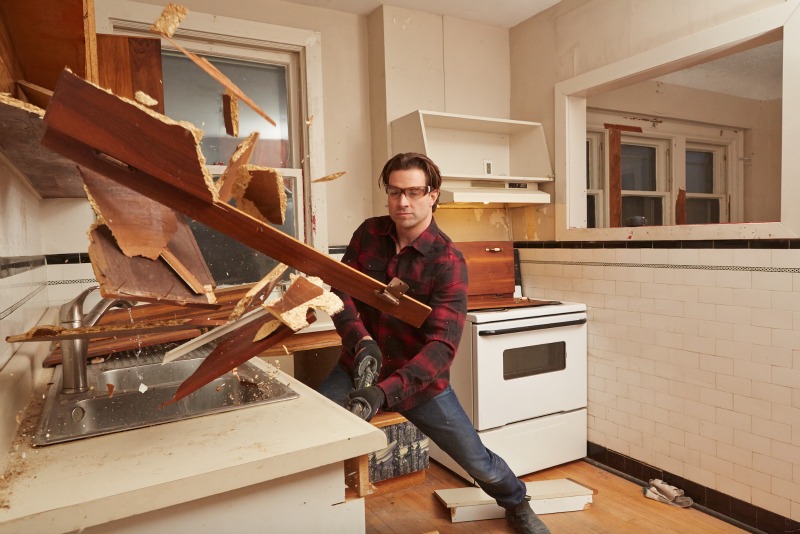
DO measure the size of the area being renovated. Pricing is often done by square foot so you need to know how big the space is in order to get a fair estimate of what you’ll need to spend.
DON’T let your wants overtake your needs. A wishlist is a great place to start, but if you’re like most people your wishlist likely exceeds your budget. Look at your wishlist and then prioritize the needs vs wants, and plan accordingly.
DO take the neighbourhood comps into account. If you’re trying to increase the value of your home and get the best ROI when you sell, you need to spend enough to make the right upgrades, but not spend so much that you price yourself out of the neighborhood.
DO create a renovation budget spreadsheet that includes the item/project, estimated cost, and actual cost. Before you start this will help you to figure out how your money will be distributed throughout the renovation, and during the process it will help you to make sure you’re still on track budget-wise.
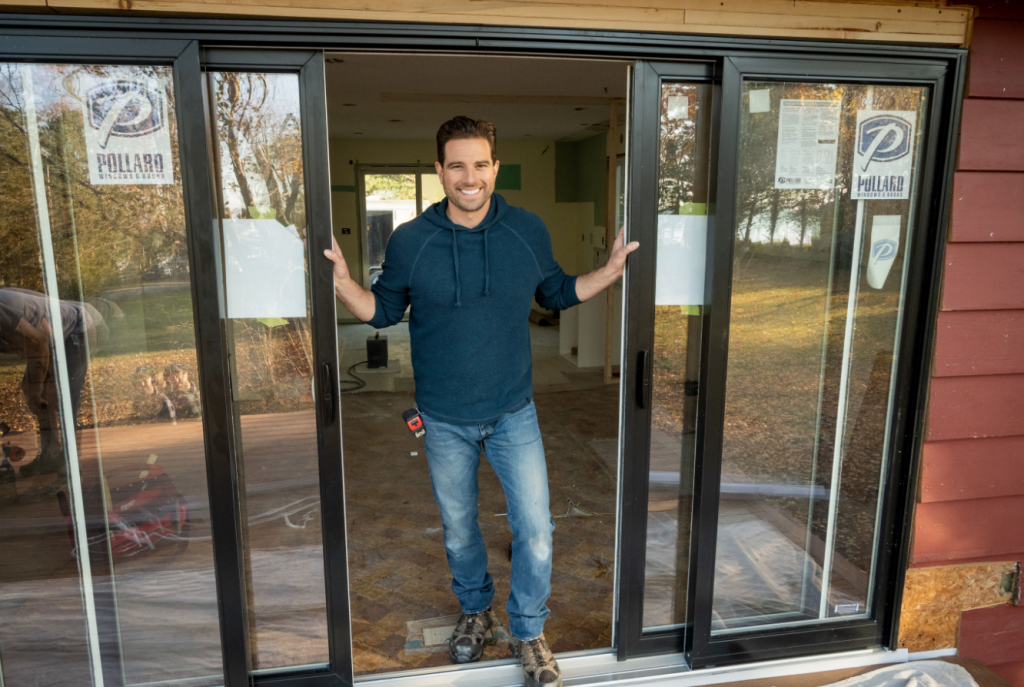
There’s no denying that home renovations can be costly. But with the right planning and the right financial tools, you can achieve your desired outcome without becoming financially overwhelmed.
For more about Pollard’s financing options please visit www.pollardwindows.com/financing

Comments